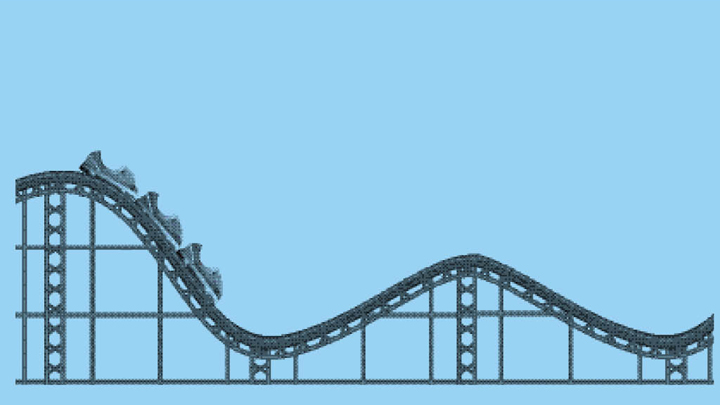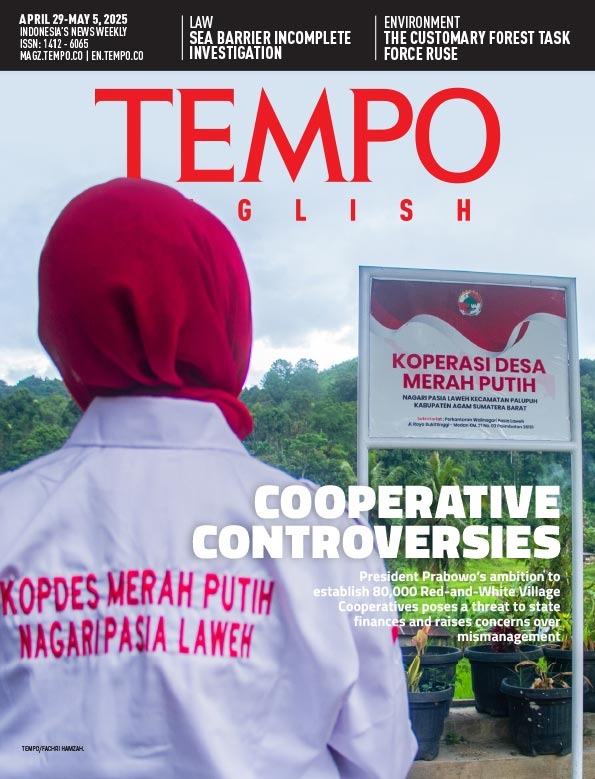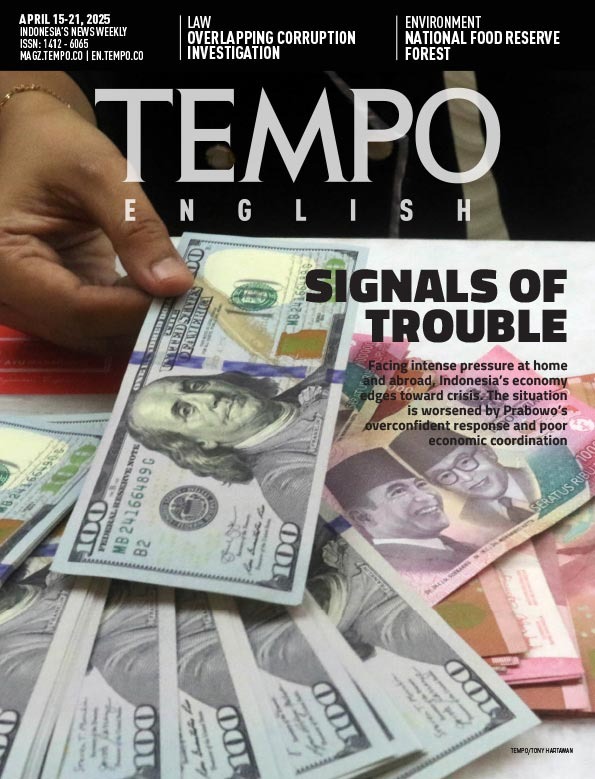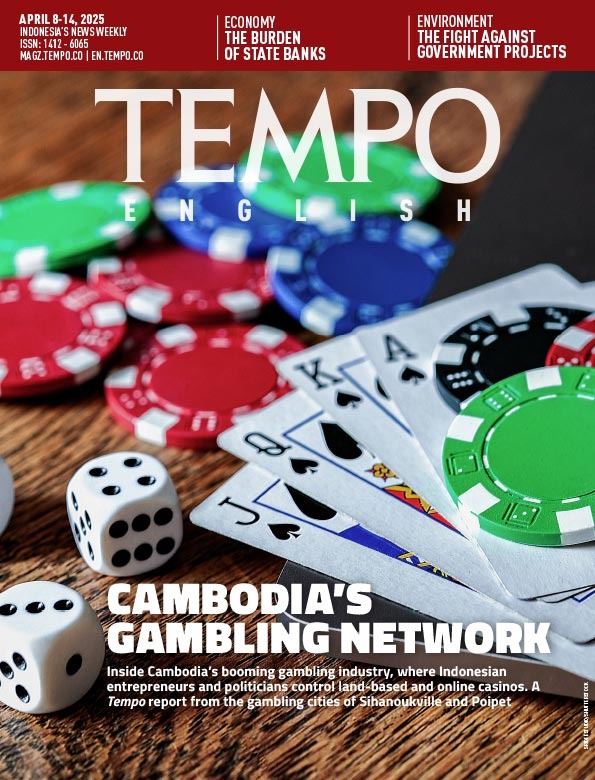Pondering at THE V, U or L Trajectory
Tuesday, May 5, 2020
arsip tempo : 174613479049.

THE economic destruction caused by Covid-19 pandemic is becoming more widespread and real. The European Union’s economy shrank 3.8 percent in Q1 2020 compared to the previous quarter. The United States also saw serious contraction. Year-on-year, the US economy grew by negative 4.8 percent at the end of Q1 2020. This global economic decline is already far deeper than in the 2008-2009 financial crisis. A worse comparison only exi
...
Subscribe to continue reading.
We craft news with stories.
 For the benefits of subscribing to Digital Tempo, See More
For the benefits of subscribing to Digital Tempo, See More








